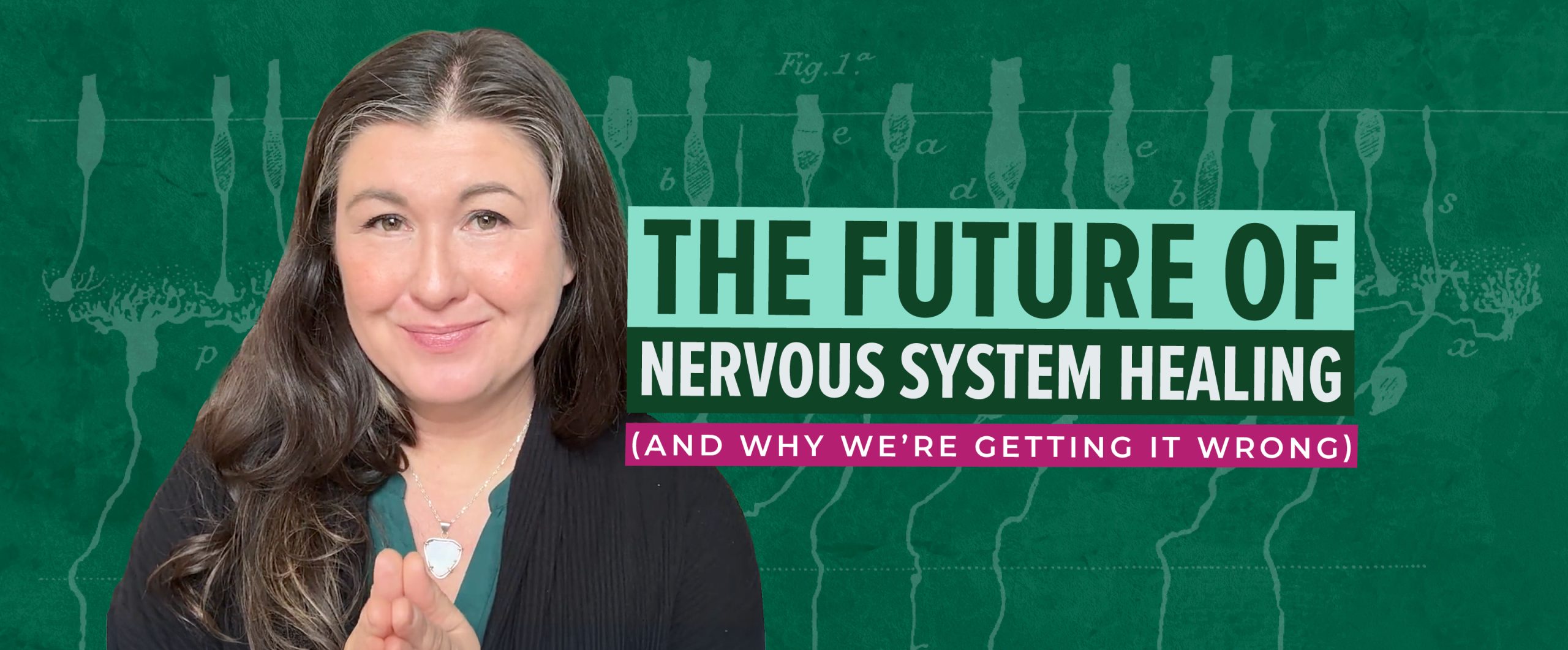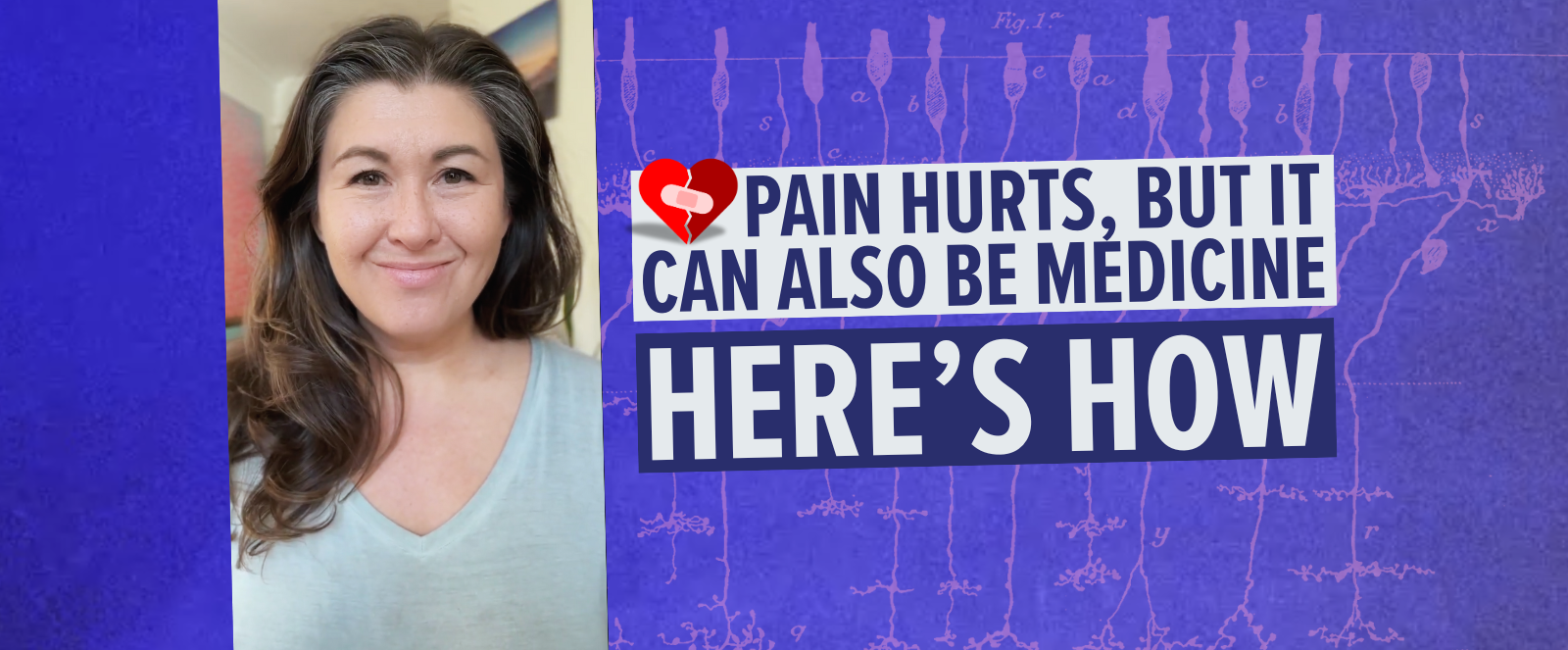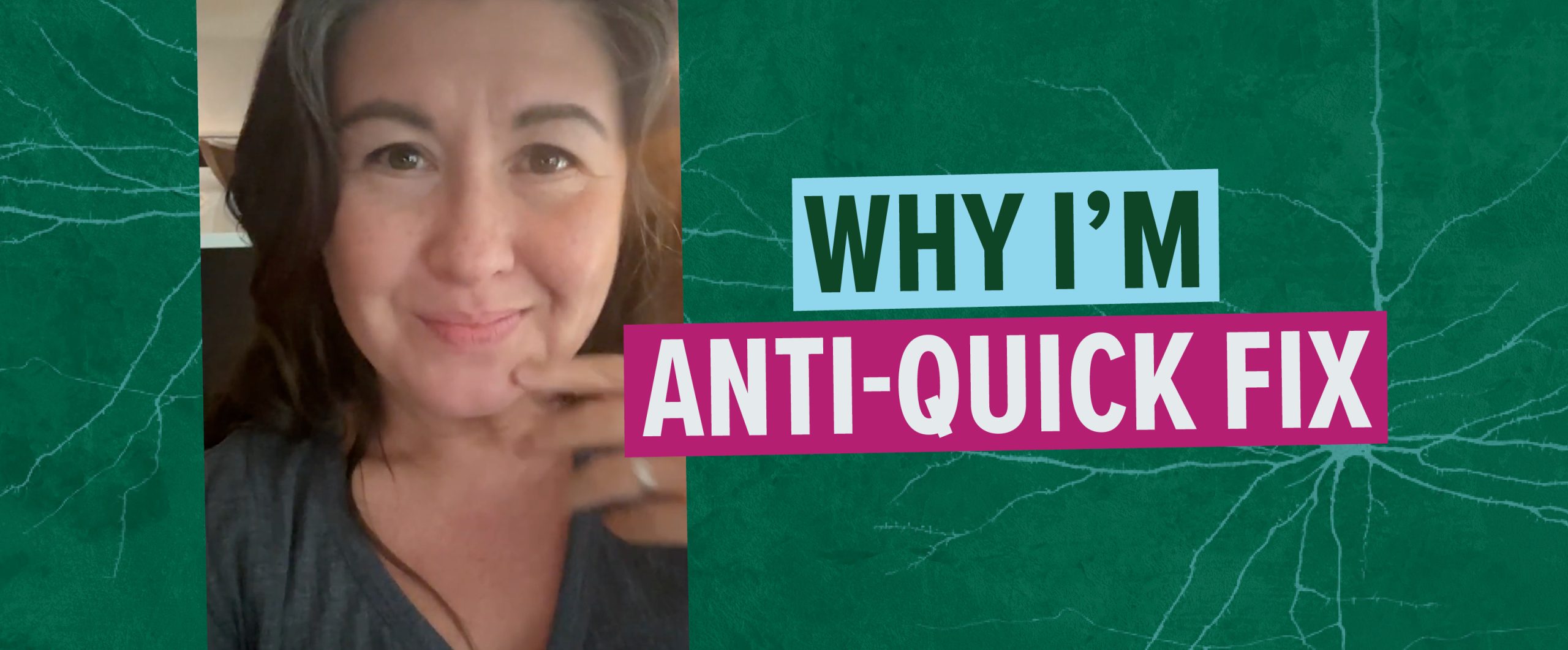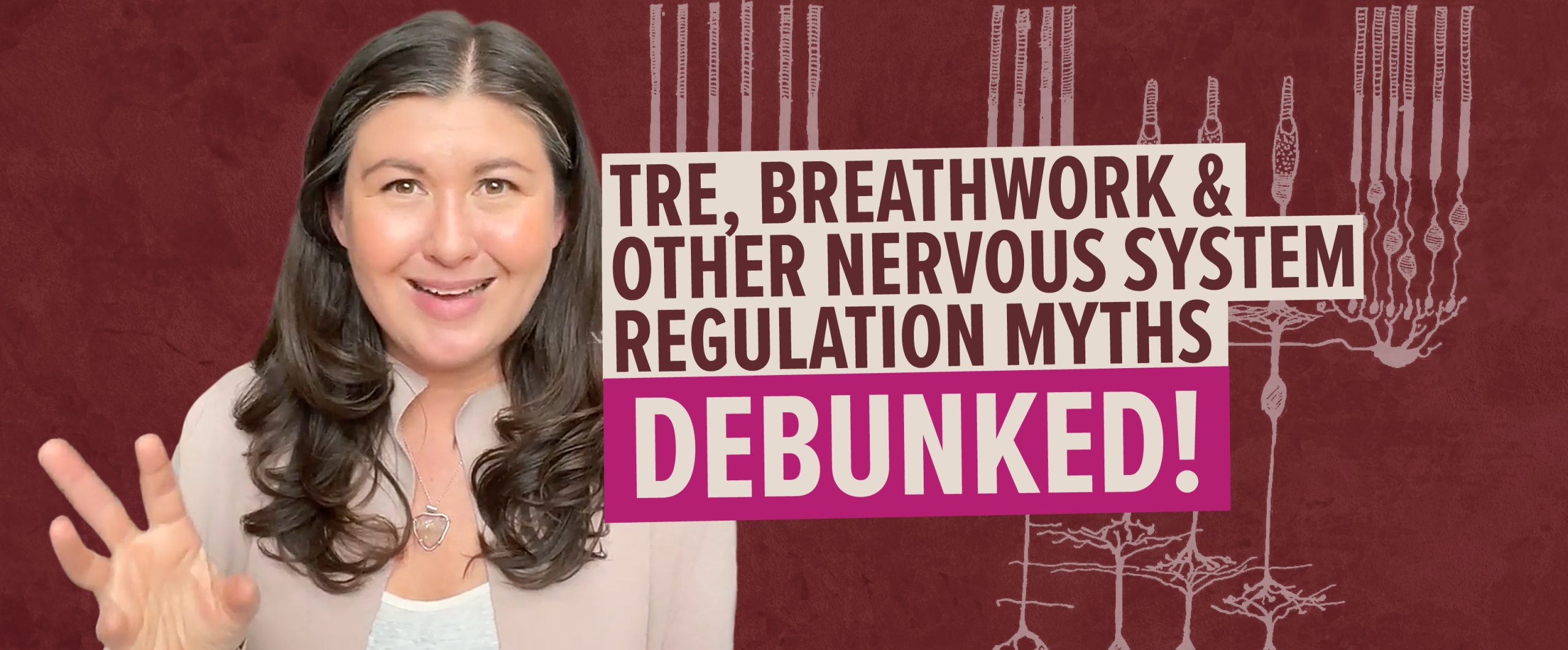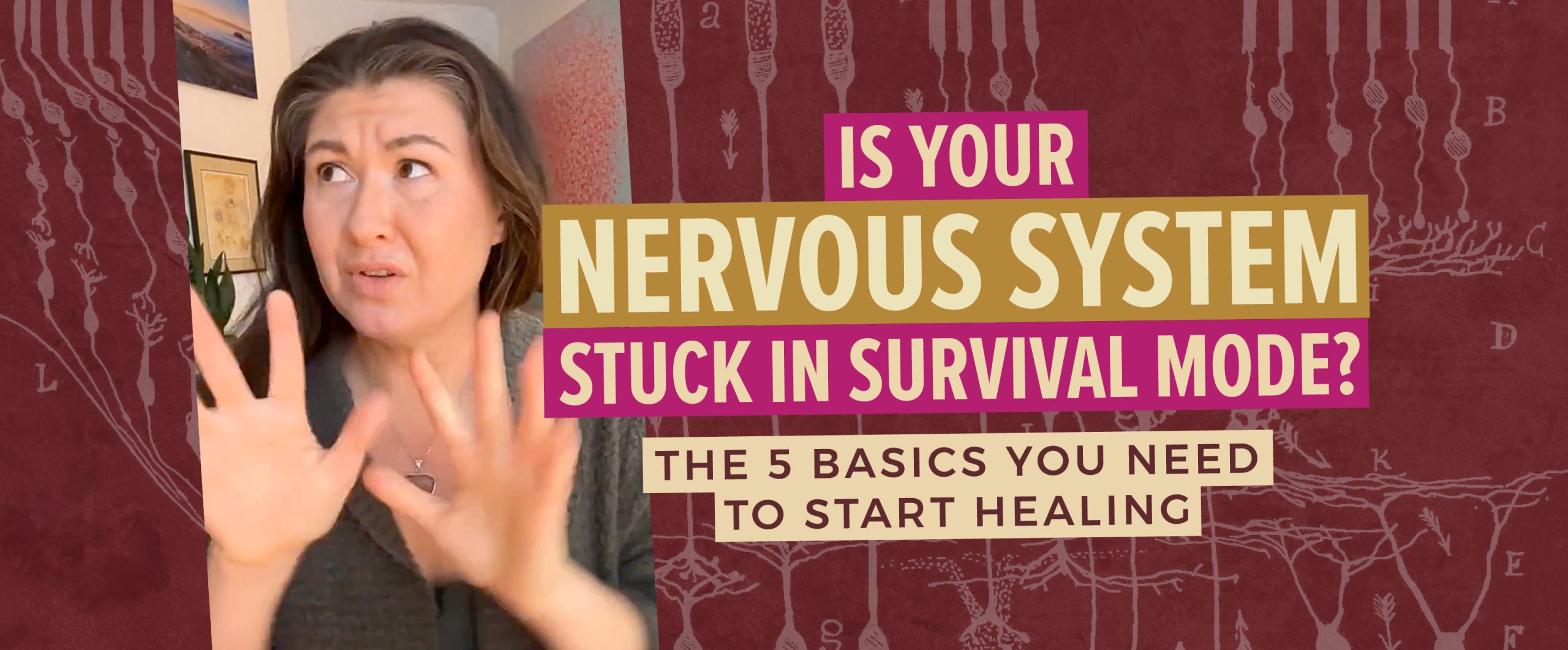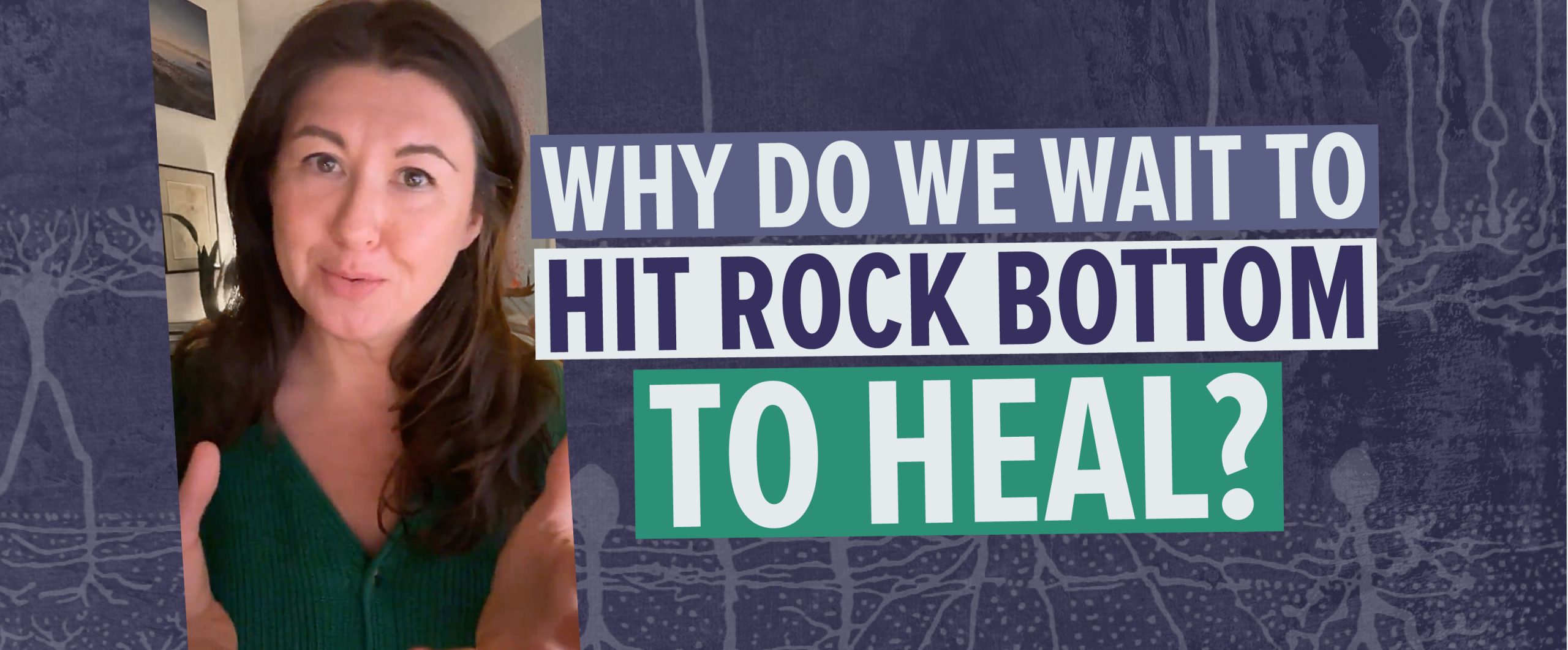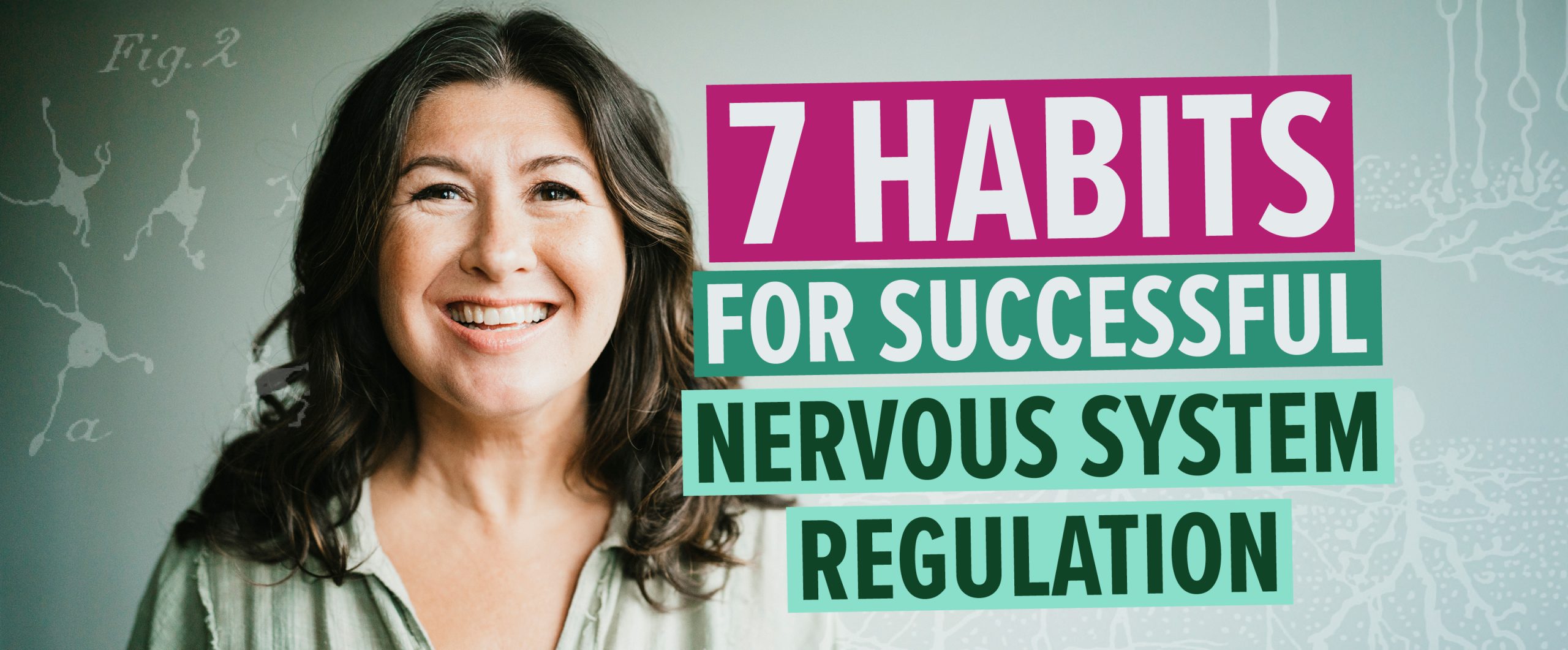When I teach my introductory workshops it can often come as a major shock when I tell the story of “How I Got Better” after my accidents and surgeries back in 2000-2001.
I was sore, tight, and constantly tearing muscles even with all the great exercise rehabilitation and stretching routines. Little did I know that what I was doing was the cause of all my pain.
It was during this time that I came across the work of the late Moshe Feldenkrais. When I started on this path of “something totally different, but I’ll try anything cause I’m desperate”, I made an agreement with my teacher at the time to not do anything in the exercise and stretching-rehab realm (except Feldenkrais’ movement lessons) for one full month. I could go for a walk, hike or swim, but none of the nitty-gritty exercises. Definitely NO static or even dynamic stretching.
Within 4 weeks everything was different.
My body was light. My muscles were supple again. I could move with ease.
The pivotal moment was when I swung my bike over my back and ran up the stairs to my office with no effort…it just happened!
.
This was a massive turning point for me for three reasons:
1. I had to re-assess everything I had learned in exercise science and fitness.
I had been trained in exercise science and was already teaching and training people to rehab their injuries by focusing on muscle recruitment. I got people to strengthen their glute medius muscles for weak knees, to do back extensions for sore backs and core activation for stability. If I was to go on working with people in this field, I’d be a huge hypocrite to keep teaching and instructing people the very same stuff that wasn’t helping me.
2. The entire craze of “core strength” was garbage.
Sorry, but this is true. The need to contract any region of the abdominals when you are doing a movement that requires extension of the body is just plain wrong. I had been teaching people to engage their transverse abdominus (aka: TA) when doing EVERYTHING. Squats, stability exercises on the ball, cycling, back extensions. Wrong. Wrong. Wrong. When doing anything that require the extensors muscles to be “on”, the front of the body, the flexors (the abs) must be disengaged. Otherwise, you produce what I now call interference in the entire body. One set of muscles is trying to hold you up, the other is trying to pull you the other way. It is the epitome of wasted energy. Now of course, if someone was about to punch you in the stomach, or you have to brace yourself, then YES, contract that area… but if you have a healthy nervous system that can engage your flight and fight mechanisms, you don’t have to think about this, it just happens.
3. I had to go back to the books and learn more!
More school. I was obviously missing a massive piece of knowledge. So, instead of writing up my Master’s Thesis, I enrolled in a 4-year training program to learn Feldenkrais. It was one of the better things I’ve pursued in my life. (I did finish my thesis. Eventually).
* * *
Sometimes it can be really challenging for people to believe that stretching won’t get them to that place of resiliency and beautiful mobility when that is all they’ve been taught, or that all the hype with strengthening the core is actually harming their spine, after all, there are million dollar industries built around these exact practices, right?
* * *
Shouldn’t what sells be the best?
The only way you can confirm whether or not this is true is via experience. Then other way is to take a moment and remember what those precious little infants are doing right from the start.
They aren’t following any rules about what needs to contract and when.
They move and discover the world and its surfaces (i.e. the ground) via curiosity and the pure delight of finding the movement patterns that are the easiest path to follow.
What is needed to contract, contracts. What is needed to relax, relaxes. There is no thinking or prepping or planning of it.
It is PURE sensation, baby!
How children develop their movement and how they interact with their environment is the purest form of stretching and strengthening that exists, mainly because, they aren’t stretching or strengthening, they are just moving the way we are DESIGNED TO MOVE!
to be continued… Irene.

